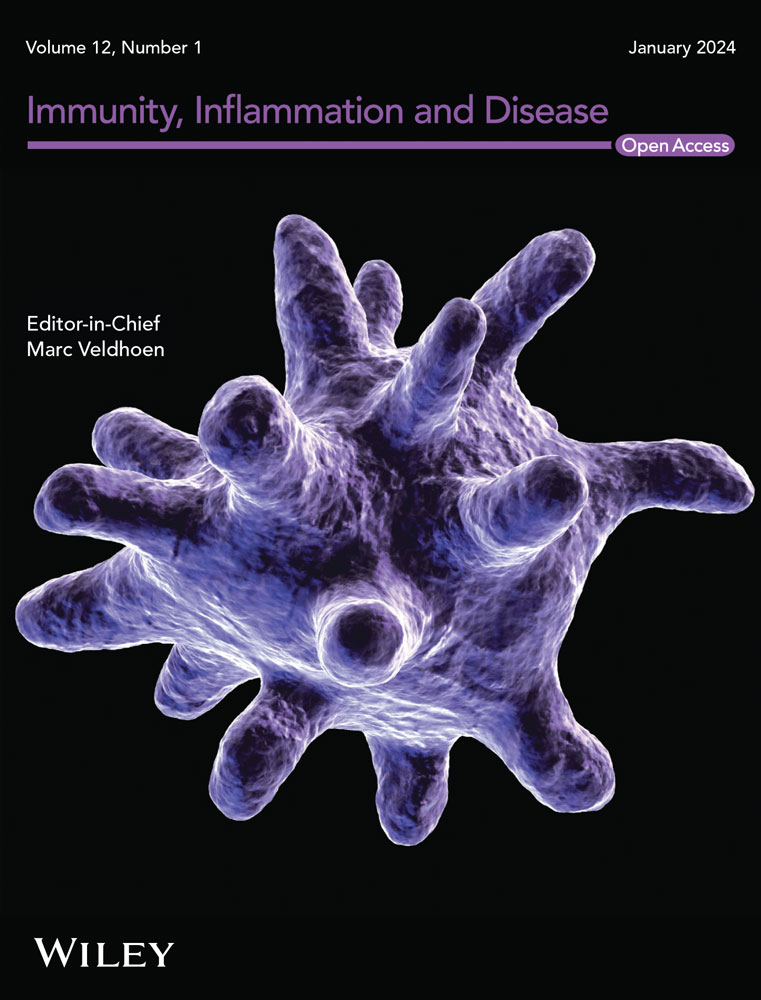Bioinformatics Analysis and Immunogenicity Assessment of the Novel Multi-Stage DNA Vaccine W541 Against Mycobacterium Tuberculosis
Abstract
Background
Vaccination is one of the effective measures to prevent latent tuberculosis infection (LTBI) from developing into active tuberculosis (TB). Applying bioinformatics methods to pre-evaluate the biological characteristics and immunogenicity of vaccines can improve the efficiency of vaccine development.
Objectives
To evaluate the immunogenicity of TB vaccine W541 and to explore the application of bioinformatics technology in TB vaccine research.
Methods
This study concatenated the immunodominant sequences of Ag85A, Ag85B, Rv3407, and Rv1733c to construct the W541 DNA vaccine. Then, bioinformatics methods were used to analyze the physicochemical properties, antigenicity, allergenicity, toxicity, and population coverage of the vaccine, to identify its epitopes, and to perform molecular docking with MHC alleles and Toll-like receptor 4 (TLR4) of the host. Finally, the immunogenicity of the vaccine was evaluated in animal experiments.
Results
The W541 vaccine protein is a soluble cytoplasmic protein with a half-life of 1.1 h in vivo and an instability index of 45.37. It has good antigenicity and wide population coverage without allergenicity and toxicity. It contains 138 HTL epitopes, 73 CTL epitopes, 8 linear and 14 discontinuous B cell epitopes, and has a strong affinity for TLR4. Immune simulations have shown that it can effectively stimulate innate and adaptive immune responses. Animal experiments confirmed that the W541 DNA vaccine could effectively activate Th1- and Th17-type immune responses, producing high levels of IFN-γ and IL-17A, but could not significantly increase antibody levels.
Conclusion
The W541 DNA vaccine can induce strong cellular immune responses. However, further optimization of the vaccine design is needed to make the expressed protein more stable in vivo. Bioinformatics analysis could reveal the physicochemical and immunological information of vaccines, which is critical for guiding vaccine design and development.


 求助内容:
求助内容: 应助结果提醒方式:
应助结果提醒方式:


